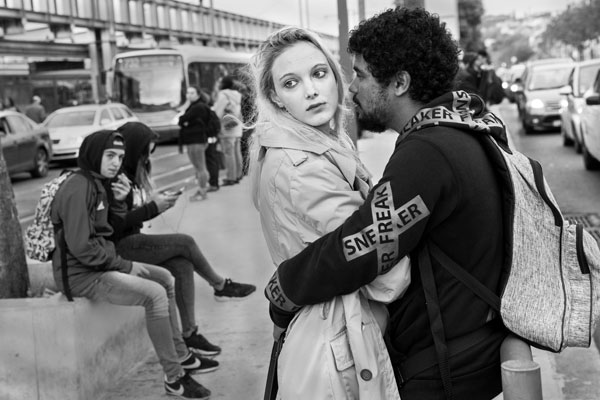The Main Principles Of Framing Streets
The Main Principles Of Framing Streets
Blog Article
Framing Streets Things To Know Before You Buy
Table of ContentsNot known Details About Framing Streets Getting The Framing Streets To WorkGetting My Framing Streets To WorkLittle Known Questions About Framing Streets.

Both at the Museum of Modern Art (Mo, MA). Motivated by Frank, in the 1960s Garry Winogrand, Lee Friedlander and Joel Meyerowitz started photographing on the streets of New york city. Phil Coomes, writing for BBC News in 2013, stated "For those people thinking about road digital photography there are a few names that stand out and among those is Garry Winogrand"; doubter Sean O'Hagan, composing in in 2014, stated "In the 1960s and 70s, he specified street photography as a perspective in addition to a style and it has laboured in his darkness since, so conclusive are his pictures of New york city." Going back to the UK in 1965 from the US where he had actually satisfied Winogrand and taken on street photography, Tony Ray-Jones turned a wry eye on often unique groups of British people on their holidays or joining events.
Road digital photography is a huge style that can be specified in numerous methods, but it is often characterized by the spontaneous recording of an unrepeatable, short lived moment, often of the daily going-ons of complete strangers. It is characteristically shot with broader angle lenses (e. g. 35mm) and typically features urban environments.
Getting The Framing Streets To Work
Documentary photographers commonly have actually a defined, deliberate message and an intention to videotape certain occasions in history (http://dugoutmugs01.unblog.fr/2024/01/10/framing-streets-mastering-the-art-of-street-photography/). The range of the docudrama approach encompasses elements of journalism, art, education and learning, sociology and history. In social examination, documentary pictures are commonly intended to provoke, or to highlight the need for, societal modification
Street photography is usually seen as unposed and honest, however there are a few street photographers who engage with strangers on the streets and take their portraits. Road portraits are unexpected portraits taken of unfamiliar people while out doing road digital photography, nevertheless they are seen as posed since there is interaction with the topic.
Photographing people and locations in public is legal in many countries securing freedom of expression and journalistic freedom. There are generally limitations on just how pictures of people might be used and most nations have details legislations regarding people's privacy.
Some Known Incorrect Statements About Framing Streets
Of freedom of expression. While likewise restricting photography in order to protect personal privacy rights, road photography can still be legal in France when gone after as an art type under particular circumstances.

. that simply strayed right into a scene), or that are not even identifiable in the image. https://filesharingtalk.com/members/590940-framingstreets1. It likewise does not normally reach individuals who are public figures (e. g - Street photography. political leaders or celebs). If an image is considered art, the courts will additionally consider the professional photographer's liberty of creative expression; indicating that "artful" street photography can still be lawfully released in specific instances
Framing Streets for Dummies
Photographing the authorities and releasing the photographs is also legal.
In Hungary, from 15 March 2014 anyone taking photos is technically breaking the regulation if a person wanders right into shot, under a new civil code that forbids taking photos without the consent of every person in the photo - vivian maier. This expands the legislation on grant include the taking of photographs, along with their publication
'Surprise digital photography' (kakushidori concealed, surreptitious digital photography) 'stolen digital photography' (nusumitori without objective of obtaining permission) and "fast digital photography' (hayayori prior to approval and rejection can be given) are prohibited unless in the read the full info here previous permission is gotten from the subject quickly after taking the photo. People have civil liberties to their images (shzken, droit de photo).
Report this page